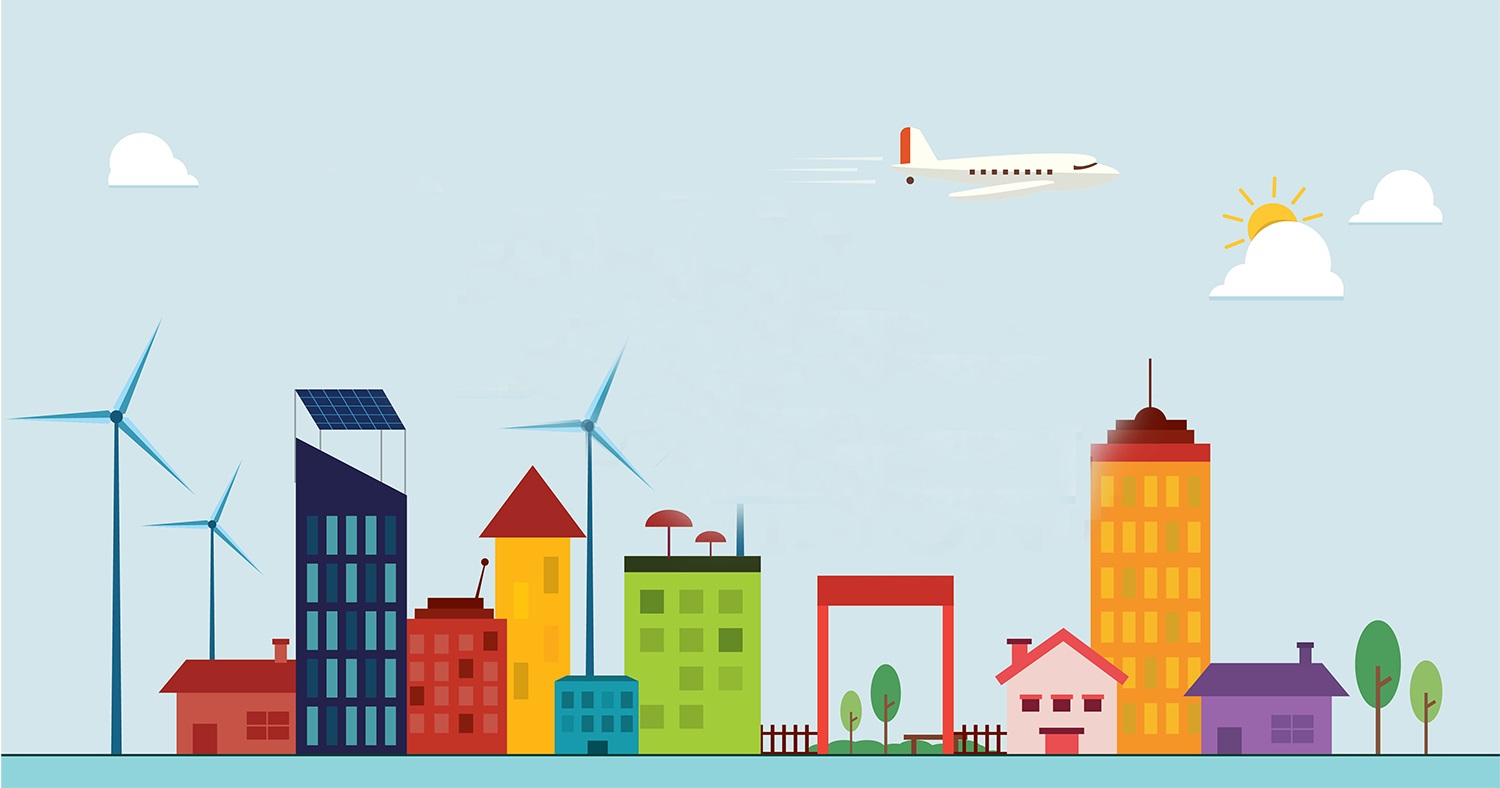
Even a week after Bhubaneswar ‘won’ the Smart City Challenge, finishing first among 20 cities chosen by the Union Urban Development Ministry for development under the initiative, floral greetings continue to flood the office of city Mayor AN Jena. Throngs of city residents gather at his residence every morning to congratulate him.
These scenes are a measure of the extent to which the smart city project resonates among Bhubaneswar’s 9.74 lakh residents, and the success of the awareness campaigns conducted by the Bhubaneswar Municipal Corporation and the Bhubaneswar Development Authority.
From all accounts, this groundswell of popular support and official direction and focus will be required if this ancient temple town, whose history dates back some 4,000 years, is to reinvent itself as a smart city of the 21st century.
Over the centuries, the city has been reborn many times over. In more modern times, it received a facelift when Odisha’s capital was shifted from Cuttack to Bhubaneswar in 1948. A 1946 masterplan designed by German architect Otto Konigsberger provided for modern amenities, but after 70 years, very little evidence of that planning is evident. Public infrastructure lags the population expansion, which is compounded by migration from rural areas, and the proliferation of slums.
Today, nearly 40 per cent of Bhubaneswar’s population lives in slums. In the absence of a modern waste disposal system, the city is being buried under with garbage, and other than in the ‘New Capital Region’, there is no integrated sewerage management system. Water supply in most areas is available for at best two hours.
These civic failings strike you with full force when you travel by road in the city. Public transport is virtually non-existent, and the smooth ride from Rajmahal Square through the wide roads and flyovers ends abruptly when you enter the old town.
The contrast between the old and the new areas is as jarring as the open drains that criss-cross the city.
Jena wants to bridge the infrastructure gap, but that must presumably wait a little longer. Initially, the ₹4,537-crore smart city project will focus elsewhere.
This is not going to be just a five-year project. Grand plans for development will have to come in a sustained manner and must carry on irrespective of which government is in power.
Sadhak Mishra, MD, SJ Developers
Smart District
In the first stage, Bhubaneswar will give itself a central business district over 985 acres encompassing the main thoroughfares (Janpath Road, Udyan Marg and others), the railway station, and the bus terminus and its surrounding areas.
The city’s first ‘smart district’ will have 40 acres earmarked for residential and commercial spaces, such as an institutional zone that will include a commercial and educational hub. The smart district will also see improved public infrastructure, including free wi-fi areas, pedestrian walkways and cycle tracks.
The civic authority is yet to finalise details of waste management processes, but Jena says an integrated sewerage system and a comprehensive solid waste management plan will be a priority.
At least four major slum redevelopment projects (at Bapuji Nagar, Kharavela Nagar, Shanti Nagar and Saheed Nagar) will come up; tenements will be cross-subsidised by sale of apartments to middle- and high-income groups.
Transit Hub
An integrated transit hub will be developed around the railway station and the bus terminus.
About ₹800 crore will be spent at the first stage on remodelling the rail station to provide new platforms and a multi-level car parking and undertake commercial development of the station area.
Shop owners in the neighborhood are, however, reacting with a mixture of caution and optimism.
A better city may bring new opportunities, but they should not ask us to move out.
Tarun Kr Swaine, a stationery shop owner at Unit-1 Market Place
The city Mayor holds out the assurance that all the project-affected people will be rehabilitated.
Public Transport
The smart city project will also address one of Bhubaneswar’s acute infrastructural failings: inadequate public transport.
At least 550 buses are required to overhaul the system. We have placed orders for 200 for now, and these will be on the road within three months.
AN Jena, City Mayor
Alongside this, the city is installing an intelligent traffic management system, with automated traffic signals and a centralised surveillance system, complete with CCTVs.
Ecological Balance
Another highlight of the smart city initiative is a project covering 30 acres, which will incorporate an integrated water management system through rainwater harvesting, the first such attempt by the administration.
Additionally, Janpath, the city’s primary thoroughfare, is to be remodelled into a “people’s smart path” that will have a larger green cover and designated vending zones.
Funding Options
The bulk of the projects will be taken up under public private partnership initiatives. Talks are under way to establish a special purpose vehicle to explore other funding and implementation options.
“This is not going to be just a five-year project,” says Sadhak Mishra, MD of the Odisha-based real estate major SJ Developers. “Grand plans for development will have to come in a sustained manner and must carry on irrespective of which government is in power.”
For now, at least, all of Bhubaneswar is united in wanting to see the city reinvent itself for the future. But that goodwill must soon translate into concrete action if that dream is to be realised.
Courtesy: The Hindu Business Line




What Do You Think?